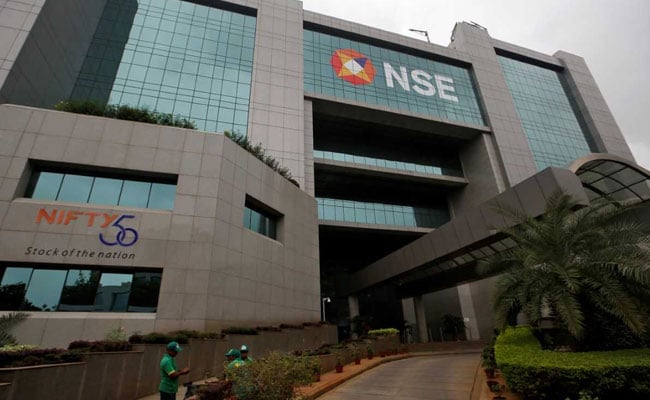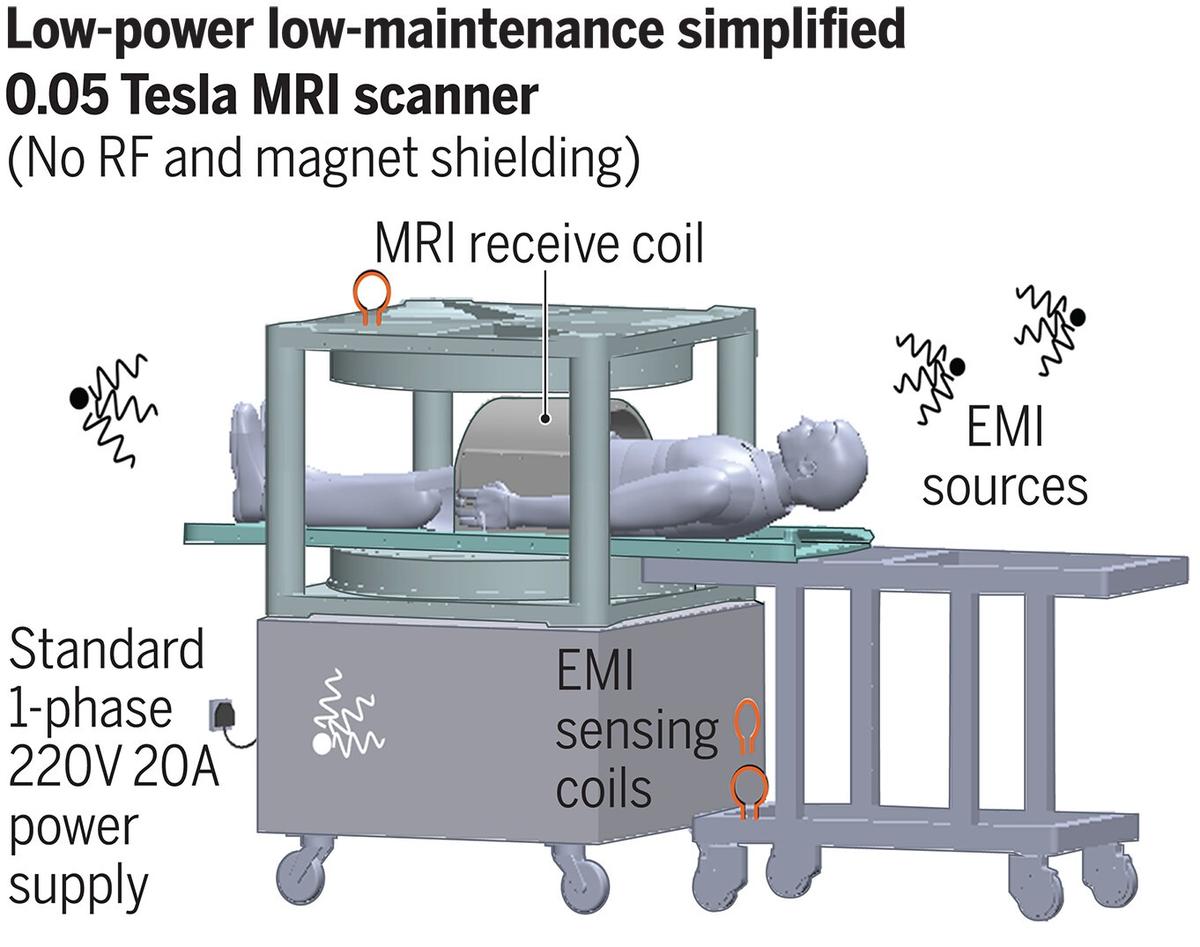Boeing’s Starliner spacecraft is rolled past a mural of itself on the side of the building at the Kennedy Space Center in Cape Canaveral, Florida, before dawn, November 22, 2019. The spaceship is scheduled to fly on May 7 IST.
| Photo Credit: AP
The story so far: At 8.04 am IST on May 7, an Atlas V rocket is set to lift off with a team of two veteran astronauts — Barry Wilmore and Sunita Williams — sitting inside a crew capsule called Starliner, built by Boeing, on the capsule’s third test flight and the first with astronauts on board. The astronauts will be set for the International Space Station (ISS) in low-earth orbit. If the mission succeeds, the U.S. will for the first time in its history have two spacecraft to launch astronauts to space.
What is Boeing Starliner?
Starliner is a spacecraft that transports astronauts in space, after being launched there by a rocket. It consists of a crew capsule and a service module. The crew capsule houses the astronauts; like others of its kind, it will be able to survive reentry and return to the ground. The service module consists of the equipment and systems the astronauts need to survive in space, including air and temperature control, water supply, sanitation, etc., plus the engines and fuel required to manoeuvre the spacecraft. The service module won’t be reusable.

Starliner is more than 4 m wide and can house up to seven astronauts. It can be fit atop an Atlas V rocket, operated by United Launch Alliance, a joint venture between Boeing and Lockheed Martin.
When was Starliner commissioned?
On September 16, 2014, NASA announced it had awarded contracts to SpaceX and Boeing to fly astronauts to the ISS. The “maximum potential values” of the fixed price contracts, based on U.S. Federal Acquisition Regulations, were $4.2 billion for Boeing and $2.6 billion for SpaceX.
Boeing was expected to conduct Starliner’s first crewed launch in 2017. A slew of delays followed, however, and its first uncrewed orbital test flight happened only in December 2019, when the capsule was launched and expected to dock with the ISS. But a software error left it in the wrong orbit and it returned safely to ground the next day without docking.
In May 2022, Boeing repeated the test flight, this time as a full success — docking with the ISS, undocking after four days, and returning to the ground. The May 7 test will repeat this procedure but with astronauts onboard.
Even if the launch happens on time, it will ultimately have been delayed by seven years and with Boeing having overshot its budget by $1.4 billion. Boeing identified many technical problems even after the 2022 flight, and then there was the pandemic.
What is Starliner’s purpose?
Since being awarded the NASA contracts, SpaceX has flown 13 missions to the ISS onboard its Dragon crew capsule (which can also house seven astronauts).
Assuming Starliner’s crewed test flight is successful, SpaceX and Boeing will take turns launching astronauts to the ISS — each crew’s expedition lasts up to six months — until the ISS is decommissioned next decade.
After NASA shut its Space Shuttle programme in 2011 and before SpaceX’s Dragon capsule got ready in 2020, only Russia’s Soyuz rocket and capsule could ferry astronauts to and from the ISS.
What is at stake for Boeing?
Since 2014, a dark cloud has hung above Boeing over issues with its commercial airliners.
Boeing’s 737 Max 8 airline entered into use in 2017, competing with European rival Airbus’s A320neo. In October 2018, a Max 8 operated by Lion Air crashed 13 minutes after take off, killing all 189 people on board. In March 2019, a Max 8 Ethiopian Airlines flight crashed six minutes into its flight, killing the 157 onboard. These incidents were the result of troubles with the Max 8’s Manoeuvring Characteristics Augmentation System (MCAS).
The 737 Max 8 succeeded the 737 Next Generation vehicle with some design changes. Since pilots had already received simulator training to operate the Next Generation, Boeing designed the MCAS to compensate for these changes and installed it on the Max 8, saying pilots wouldn’t need to be trained anew for the latter. But a glitch with MCAS prevented its normal function. And because pilots hadn’t been trained for the Max 8, pilot error allowed the glitch to persist in a way that led to crashes.
The legal disputes, compensatory payments, and order cancellations that followed are expected to have cost Boeing more than $60 billion. A September 2020 U.S. Congressional report also concluded Boeing had cut corners to operationalise its Max 8 aeroplanes, including hiding critical safety information from pilots.

Commercial airlines and spacecraft are different sectors, but in 2015, Boeing consolidated their development together with some other divisions, creating a company called BDS Development. The stated aims included lowering Starliner’s development costs. The May 7 test is happening against this extended backdrop, and whose success will give both Boeing and NASA confidence — but whose failure, should that come to pass, will add to the company’s many woes.
What is the flight test profile?
Starliner’s first crew flight test will be piloted by two veteran astronauts, Mr. Wilmore and Ms. Williams. After being launched by an Atlas V rocket, Starliner will carry them to the ISS, where the duo will stay for eight days. The capsule will return and descend to the ground, probably at a location in New Mexico.
In March, Mr. Wilmore told Ars Technica Boeing’s aeroplane division and the Starliner programme “don’t cross”. He also asked people to step back from expectations that the test will be flawless, that it was being conducted so Boeing could fix any final issues in preparation for commercial operations.
- Starliner is a spacecraft that transports astronauts in space, after being launched there by a rocket.
- On September 16, 2014, NASA announced it had awarded contracts to SpaceX and Boeing to fly astronauts to the ISS.
- Starliner’s first crew flight test will be piloted by two veteran astronauts, Mr. Wilmore and Ms. Williams.









